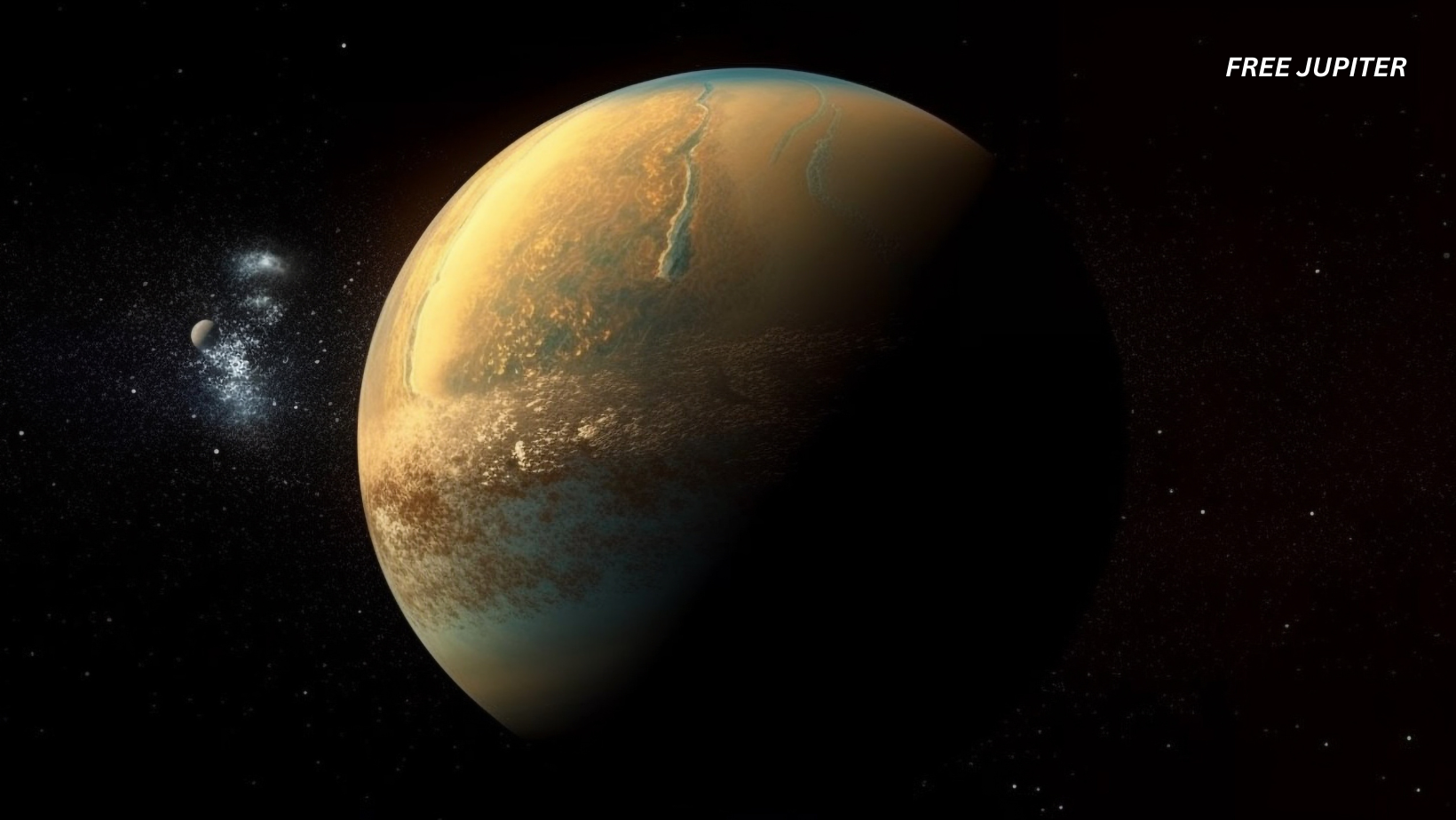When NASA sent the InSight lander to Mars back in 2018, the main mission was simple: listen to the Red Planet’s “heartbeat.” By planting a super-sensitive seismometer on the dusty Martian surface, scientists hoped to capture vibrations from quakes and meteorite impacts to peek inside the planet. Think of it as using sound waves as an X-ray machine—only on a planetary scale.
For four years, InSight did just that, recording hundreds of Marsquakes before the mission wrapped up in 2022. But buried in all that seismic data, researchers have now uncovered something surprising: Mars may have a solid inner core, about 600 kilometers (373 miles) wide.
That’s a big deal because until now, most scientists thought Mars’s core was entirely molten—soft, hot, and unable to harden into anything solid. This finding forces researchers to rethink what’s happening deep inside the Red Planet.
Why This Discovery is So Strange
On Earth, we know that our solid inner core plays a huge role in generating the planet’s magnetic field. Earth’s outer core is liquid iron, but as the inner core slowly solidifies, it stirs the molten metal around it, creating what’s called a geodynamo. That geodynamo produces the magnetic field that shields us from harmful solar radiation—and makes compasses work.
Mars, on the other hand, doesn’t have a global magnetic field today. Only patches of its crust remain magnetized, hinting that billions of years ago it once had a powerful magnetic shield but mysteriously lost it.
That’s where the puzzle comes in:
- Scientists thought Mars’s molten iron core was mixed with so many lighter elements—like sulfur, oxygen, and carbon—that it could never crystallize into a solid inner core.
- The temperatures at the Martian core were assumed to be far too high for solidification anyway.
And yet, InSight’s data suggest otherwise. Somehow, Mars managed to form a solid center.
How InSight Figured This Out
Since Mars has only one seismometer (unlike Earth, which has thousands), scientists had to get creative. They relied on natural “tests” provided by meteorite impacts and Marsquakes. Each impact sends shockwaves through the planet, and depending on whether the waves pass through rock, liquid, or solid material, they bend and bounce in predictable ways.
These seismic waves come in types:
- P-waves move fastest, traveling through solid rock and liquids.
- K-waves cut through a planet’s liquid outer core.
- I-waves can only pass through a solid inner core.
By studying 23 particularly clear impact events, researchers spotted multiple wave patterns that strongly indicated the presence of a solid center. One of the smoking guns was a signal called PKiKP—a wave that dives through the mantle, enters the liquid outer core, and bounces off the solid inner core before resurfacing.
In fact, scientists found not just one, but several different seismic wave “paths” that all told the same story: Mars really does have a solid inner core.
What This Means for Mars’s History
The discovery raises as many questions as it answers. If Mars has a solid inner core, why doesn’t it still have a magnetic field like Earth? Did something interrupt its geodynamo? Was the solidification process different on Mars compared to Earth?
Some scientists think the planet cooled too quickly. Without enough heat to keep the molten metal moving vigorously, the magnetic field might have sputtered out. Once the shield was gone, solar winds likely stripped away much of Mars’s atmosphere—turning what might once have been a warm, watery world into the cold desert we see today.
In other words, understanding Mars’s inner core could also help us understand how it became so different from Earth.
A Peek Into Comparative Planetology
This discovery isn’t just about Mars—it’s about planets in general. By comparing Earth, Mars, and even Mercury (which also has an oversized solid core), scientists can piece together the rules that govern rocky worlds.
Questions researchers hope to answer include:
- Why do some planets keep their magnetic fields while others lose them?
- How do mixtures of heavy and light elements in a core change the planet’s evolution?
- What does this mean for planets outside our solar system that could host life?
If magnetic fields are crucial for protecting life-friendly environments, then knowing how and why they vanish could be key in the hunt for habitable exoplanets.
A Little Extra Cosmic Context
- Earth vs. Mars: Earth’s magnetic shield has been vital for life to thrive here. Without it, we’d be bombarded by solar and cosmic radiation. Mars, once perhaps more Earth-like, lost its shield early, which might explain why it no longer has flowing water on its surface.
- Mercury’s Mystery: Mercury, the smallest planet, still has a magnetic field despite its size. Scientists suspect its core remains unusually active. Studying Mercury alongside Mars might provide clues about how inner cores form differently.
- Exoplanets: Thousands of rocky exoplanets have been discovered. If we can learn how cores and magnetic fields work here, we can make better guesses about whether distant planets might support life.
So, What’s Next?
For now, the exact recipe that allowed Mars to form a solid inner core is unclear. Scientists will run computer models to simulate the temperatures, pressures, and chemical mix inside Mars to see if they can recreate what InSight’s data shows.
Although InSight has gone silent (its solar panels are buried in dust), the treasure trove of data it collected will keep scientists busy for years. And future missions may carry more advanced instruments, perhaps even multiple seismometers to “listen” from different Martian locations for an even clearer picture.
One thing is certain: Mars just got a lot more interesting. Far from being a dead, predictable planet, it’s proving to have hidden layers of complexity—literally.
As one researcher put it: “The size and properties of Mars’s inner core serve as a crucial reference for understanding how rocky planets evolve.” And who knows? The secret heart of Mars might even help us understand the fate of Earth—or the potential of worlds far beyond our solar system.
In short: Mars, long thought to have a molten, mushy center, is hiding a solid inner core. This surprising discovery not only reshapes our understanding of the Red Planet but also offers new clues about how planets live, die, and maybe even foster life.
Featured image: Freepik.
Friendly Note: FreeJupiter.com shares general information for curious minds. Please fact-check all claims and double-check health info with a qualified professional. 🌱










